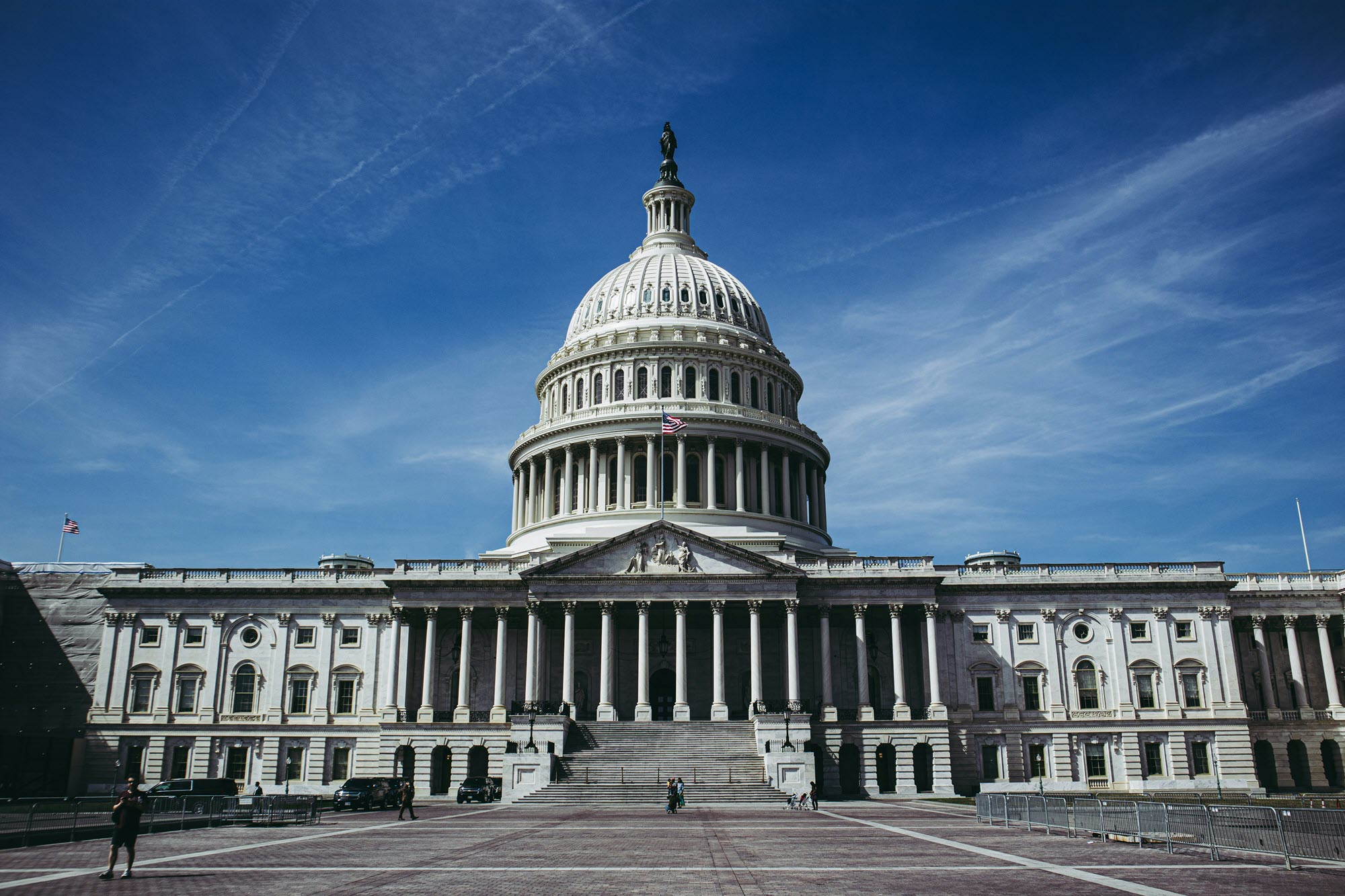
Congressional turmoil has made it difficult to predict when the ongoing government shutdown will end.
Caused by the Senate’s lack of consensus on a bill to fund the government, the shutdown began Oct. 1 and has brought about a slew of funding freezes, including an estimated $26 billion for infrastructure projects across the United States.
As the shutdown persists, the pause in funding could cause major issues for affected projects.
“A government shutdown can disrupt the planning, permitting, and funding processes that keep infrastructure projects on schedule,” said Keith Pugh, government innovation liaison at WithersRavenel. “Although most day-to-day public works operations are managed locally, many rely on federal agencies for grants, environmental reviews, and technical approvals.”
These funding issues can lead to longer timelines and higher costs.
The funding freeze includes $18 billion for major New York City transit projects, including the $16 billion Gateway Project, which aims to restore the 115-year-old Hudson Tunnel damaged by Hurricane Sandy and build additional passenger rail between New York and New Jersey. The Gateway Commission expects the project to create 95,000 jobs and generate over $19.6 billion in economic activities throughout its construction.
The $2 billion second phase of the Second Avenue Subway extension project – which would extend the Q line into Harlem and East Harlem to improve commute times – has also been impacted by the funding freeze.
Approximately $8 billion in funding for green energy projects in multiple states was also frozen.
“Project delays affect local communities through extended construction periods and service disruptions,” Pugh said. “They also strain the construction industry, causing material delivery delays, storage challenges, and coordination issues.”
“Engineers must often reallocate time and resources to other projects, manage increased paperwork, and negotiate new terms to restart work once funding resumes,” he continued.
Pugh noted that the Infrastructure Investment and Jobs Act ingrained funding for some projects into law. Those that will face the most significant challenges are new programs or those that need continued appropriations.
“Projects that depend heavily on federal grants, reimbursements, or regulatory coordination, such as transportation, water infrastructure, and environmental restoration, can be the most affected,” he said.
A trickle-down effect
Bill Hanson, senior vice president of market development at Great Lakes Dredge & Dock, currently works on projects with the U.S. Army Corps of Engineers. Existing USACE projects have been able to continue, but the agency cannot currently bid new contracts.
“Without a steady stream of new projects to bid, the dredging program of the Corps gets impacted long term,” he said.
Even if a continuing resolution, or CR, is passed, USACE could not start any new major projects “which add delays to projects that already have taken 10 to 20 years.”
Continuing resolutions are temporary spending bills that keep the federal government running when final appropriations are not approved on time, and these measures have become the norm. According to the Pew Research Center, Congress has only met its appropriations deadline four times since the current budgeting system was set in 1975.
“Unlike state and local governments, which face consequences if they fail to pass a budget, the federal government has increasingly relied on continuing resolutions instead of approving a full annual budget – turning an emergency measure into the norm,” Pugh said.
Furloughs and layoffs across the federal government could also harm infrastructure projects. Although a federal judge temporarily blocked the White House’s attempt to lay off 4,100 government employees, there is still much uncertainty among federal workers about when and if they will be able to return to their jobs.
“Civil engineers working for the federal government are subject to being furloughed with no assurance when they will return,” Hanson said. “Their critical missions have trickle-down impacts that mean their important duties are not fulfilled while they are gone but also compress future workloads when they return.”
Since federal budget delays have become more common, “many agencies have built in costs and protocols to their business based on their experience so they can do their best to maintain their mission even without a budget,” he said.
Although funding lapses can cause challenges, Hanson emphasized that civil engineers have navigated shutdowns and continuing resolutions before and have proven their ability to accomplish their work in these conditions.
Hanson noted that commercial projects are unlikely to be impacted unless engagement with the federal government is needed.
Making infrastructure a priority
As infrastructure experts, civil engineers are uniquely positioned to advocate for policies and functions that prevent negative impacts on infrastructure projects.
“Civil engineers can play a key role in helping the public understand how federal fiscal stability supports local progress,” Pugh said. “By sharing concrete examples of delayed projects or increased costs – without assigning political blame – they can highlight the real-world impact of funding lapses.”
Pugh recommends taking a proactive approach to infrastructure management and capital budgeting that prioritizes “local improvements that align with community expectations and service-level needs.”
Necessities like infrastructure maintenance are not “glamorous” but are critical to “the long-term health, safety, and sustainability of our communities,” said Pugh.
“As civil engineers and public works professionals, we have a responsibility to ensure our projects are designed, constructed, operated, and maintained in a sustainable and resilient manner – and that includes securing reliable funding for ongoing maintenance,” he continued.
The root of the government shutdown may not be infrastructure, but “it is incumbent for those in the infrastructure world to articulate the impacts of these shutdowns and even the CRs to elected officials,” Hanson said.
“As they consider the impact of their indecisiveness, we need to weigh in on the real impacts to the taxpayers of infrastructure delays,” he continued.
Pugh emphasized that “advocating for public infrastructure doesn’t have to be complicated.
“It can be as simple as talking with your neighbors, speaking at a local civic club, or engaging in everyday conversations about community needs,” he said. “Our goal should always be to leave things better than we found them – and increasing awareness and understanding is one of the most effective ways to achieve that.”



